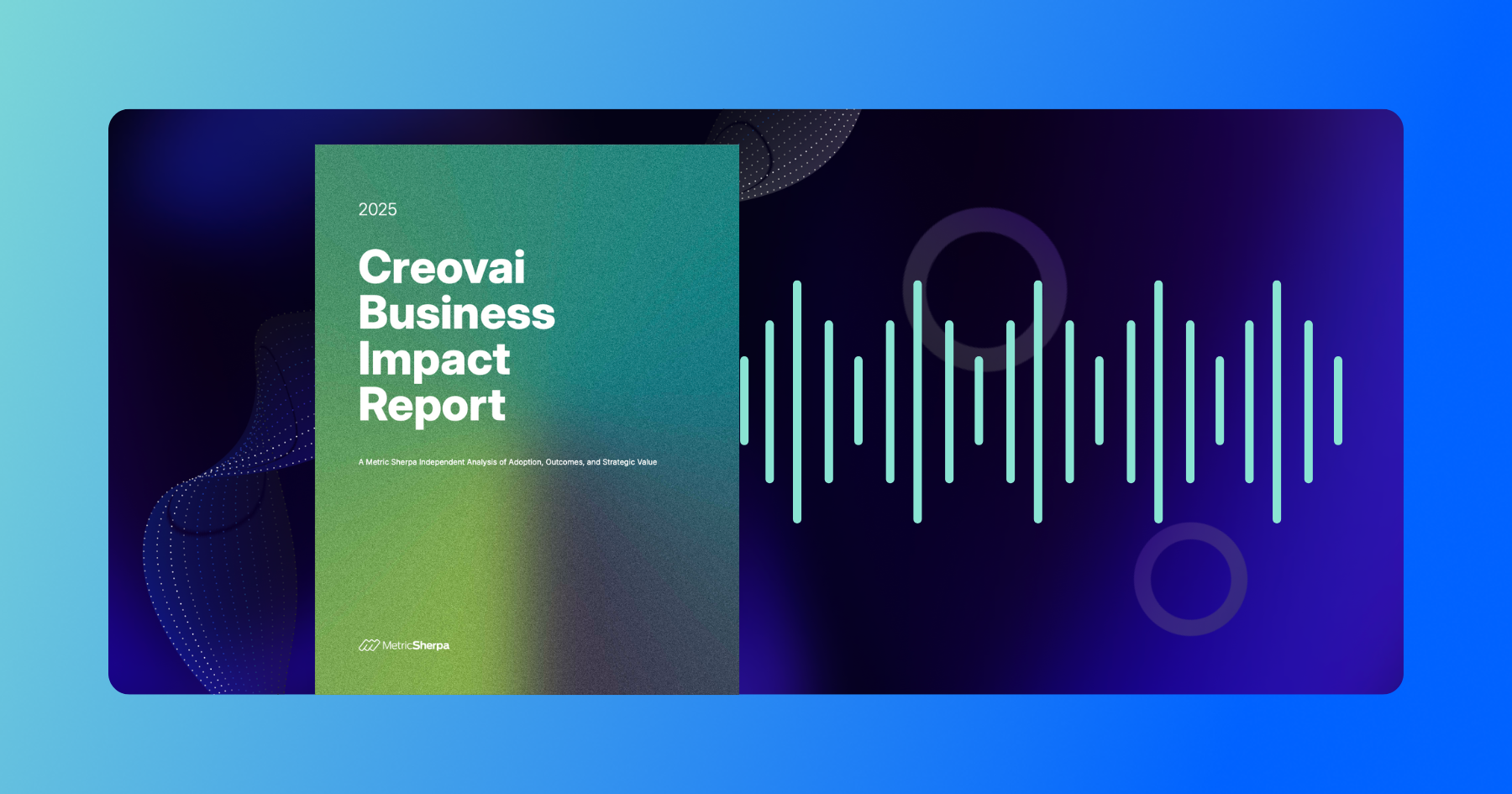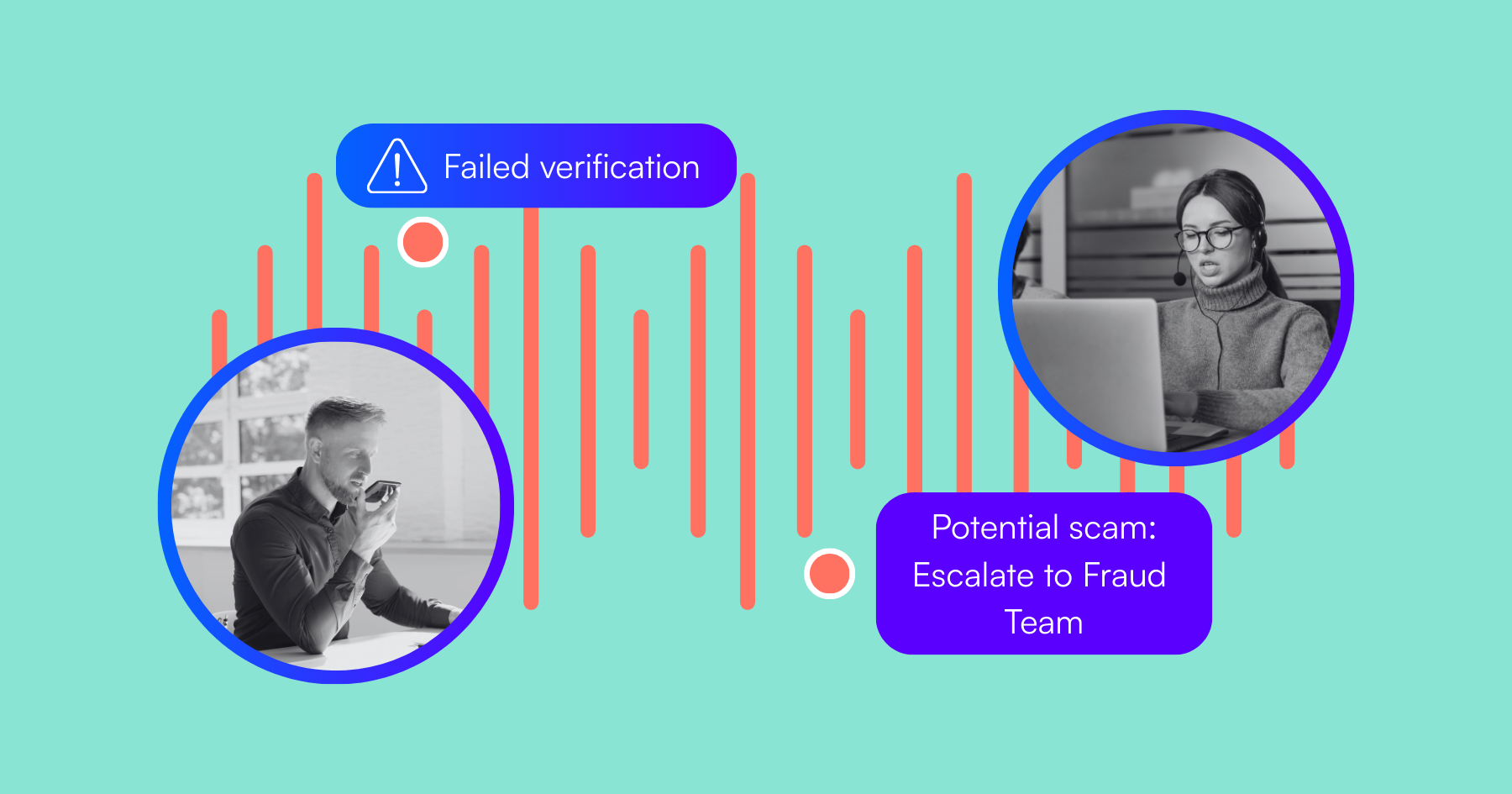According to McKinsey research, quality assurance reviews in most contact centers are limited to only a small fraction of total conversations—less than 5 percent. Think about that for a moment. Would you evaluate a baseball player's performance based on watching them swing five times out of 100 at-bats? Of course not. Nonetheless, this is exactly how many contact centers approach quality assurance and agent coaching.
The new Creovai Business Impact Report explores manual QA limitations and other industry challenges—and how contact center leaders are solving them with technology. This independent analysis was conducted by Metric Sherpa, a next-generation customer experience analyst firm. Metric Sherpa was co-founded by CX industry veteran (and report author) Justin Robbins.
Justin helps organizations worldwide elevate their customer experience strategies, optimize operations, and drive meaningful business outcomes. He has over 20 years of experience spanning contact center operations, quality assurance, and CX strategy, making him uniquely positioned to identify the operational gaps plaguing modern contact centers.
Reality check: Data rich, action poor
The report reveals a troubling paradox: contact centers are drowning in data—but starving for actionable insights. “Despite the growing volume of customer data, the systems designed to interpret and act on that data remain reactive, incomplete, or poorly connected,” writes Justin. “Leaders know the gaps exist—but many are stuck with tools designed for a different era.”
One utility executive captured the frustration perfectly: "Our financial success is directly tied to customer satisfaction. Providing superb customer care is central to our mission—but we were grading agents on 0.5% of their calls. That wasn't sustainable."
The downstream effects are predictable and costly: excessive agent turnover, missed coaching opportunities, emerging compliance risks that go undetected, and customer experience issues that compound over time. Leaders find themselves asking critical questions like: How many improvement opportunities are we missing because we're not listening at scale? What are our best-performing agents doing differently that we should be replicating across the team?
Shifting from reactive to predictive
The report highlights organizations that have broken free from this reactive cycle by adopting Creovai’s conversation intelligence and real-time guidance solutions. Rather than sampling a tiny fraction of interactions, Creovai analyzes 100% of customer conversations and transforms those insights into immediate, actionable guidance for agents.
The results speak for themselves. NRTC reduced agent attrition by 30% through guided workflows that provided contextual, in-role support. Callzilla decreased disposition error rates from 20% to under 1% using AI-powered agent assistance. A large utility provider discovered agents were only mentioning paperless billing on 10% of eligible calls – a targeted coaching initiative based on this insight tripled paperless billing sign-ups, leading to significant cost savings.
Perhaps most striking is Thrasio's transformation: they scaled from reviewing 3% to 100% of their 70,000+ monthly tickets, saving them $260,000 annually. It also helped them improve agent coaching and performance, which contributed to boosting their customer satisfaction from 89% to 97%.
Three pillars of success
Justin observes in his report that the most successful Creovai implementations share three critical characteristics: a clear, high-priority business goal; frontline managers equipped with actionable, role-specific insights; and a short, repeatable cycle from issue detection to improvement.
This isn't about implementing another technology for technology's sake. It's about fundamentally changing how contact centers approach performance management – shifting from reactive, sample-based quality assurance to proactive, comprehensive conversation intelligence that drives continuous improvement.
The path forward
For contact center leaders ready to move beyond the limitations of traditional approaches, the report offers a practical three-step evaluation roadmap: define your performance focus around one critical business objective, launch a targeted pilot to test impact, then track results and scale what works.
As one customer noted after implementing comprehensive conversation intelligence: "For the first time, our contact center feels like a source of strategic clarity."
That transformation represents the real opportunity ahead. The technology does exist. The methodologies are proven. The question isn't whether conversation intelligence and real-time guidance work, but whether your organization is ready to embrace them.
Read the full Creovai Business Impact Report here to explore customer case studies and strategic insights that can help transform your contact center operations.
FAQs
What is the main finding of the Creovai Business Impact Report?
That traditional QA reviews (sampling less than 5% of calls) leave major gaps, while analyzing 100% of interactions with conversation intelligence drives better insights and outcomes.
Who authored the report?
The report was authored by Justin Robbins, a CX industry veteran with 20+ years of experience, and conducted independently by Metric Sherpa.
What are the risks of relying on sample-based QA?
Missed coaching opportunities, overlooked compliance issues, higher agent turnover, and unresolved customer experience problems that escalate over time.
How does Creovai help contact centers shift from reactive to proactive?
By analyzing 100% of interactions, surfacing actionable insights, and delivering real-time agent guidance to improve performance during live calls.
What results have organizations achieved with Creovai?
- NRTC cut agent attrition by 30%
- Callzilla reduced disposition error rates from 20% to under 1%
- A utility provider tripled paperless billing sign-ups
- Thrasio scaled QA from 3% to 100% of tickets, saving $260,000 annually
What are the three pillars of successful implementations?
- A clear, high-priority business objective
- Role-specific, actionable insights for frontline managers
- A short, repeatable cycle from detection to improvement
What is the recommended path forward for contact center leaders?
Define one key business objective, launch a focused pilot, measure impact, and scale proven improvements across the organization.


.png)

